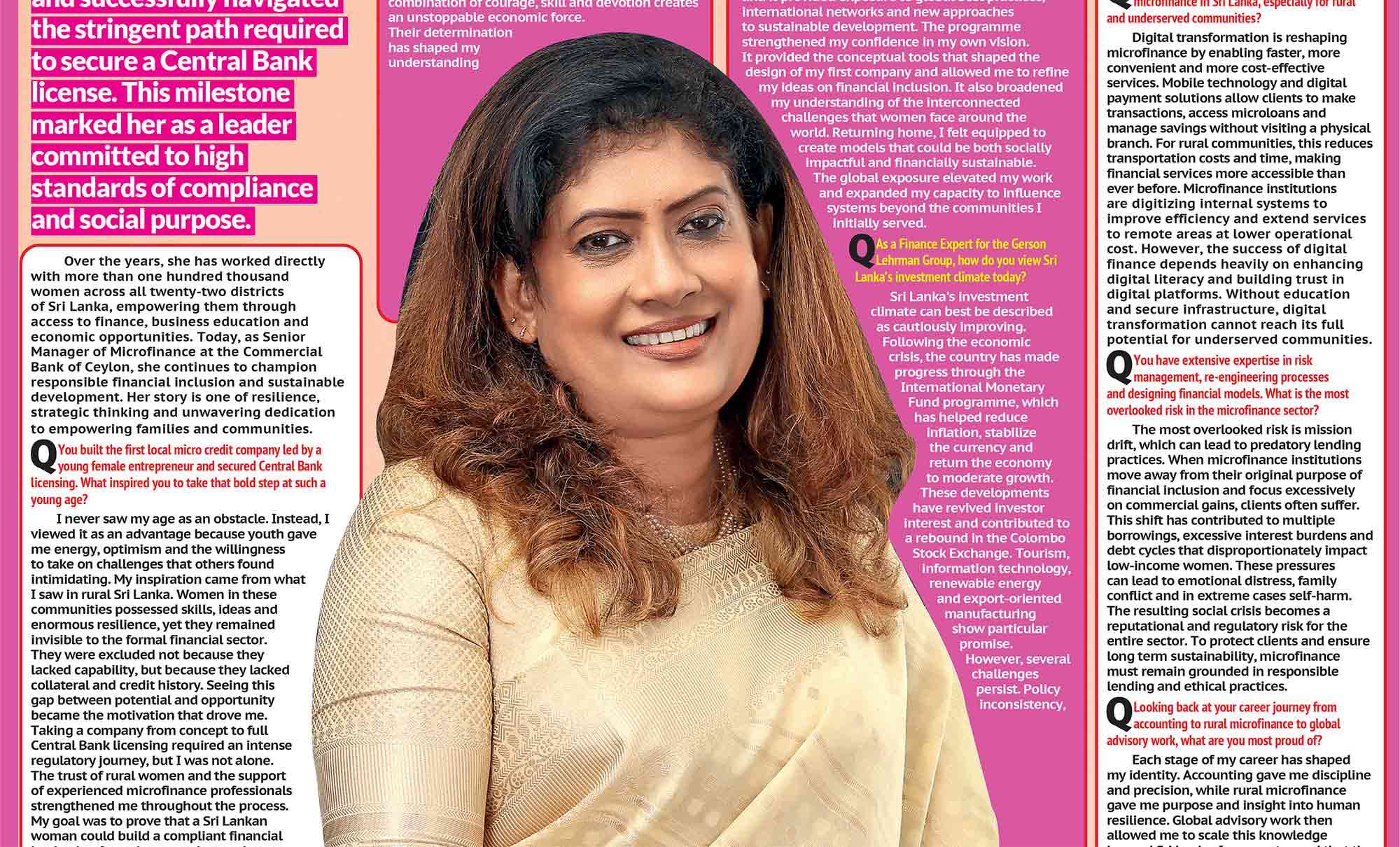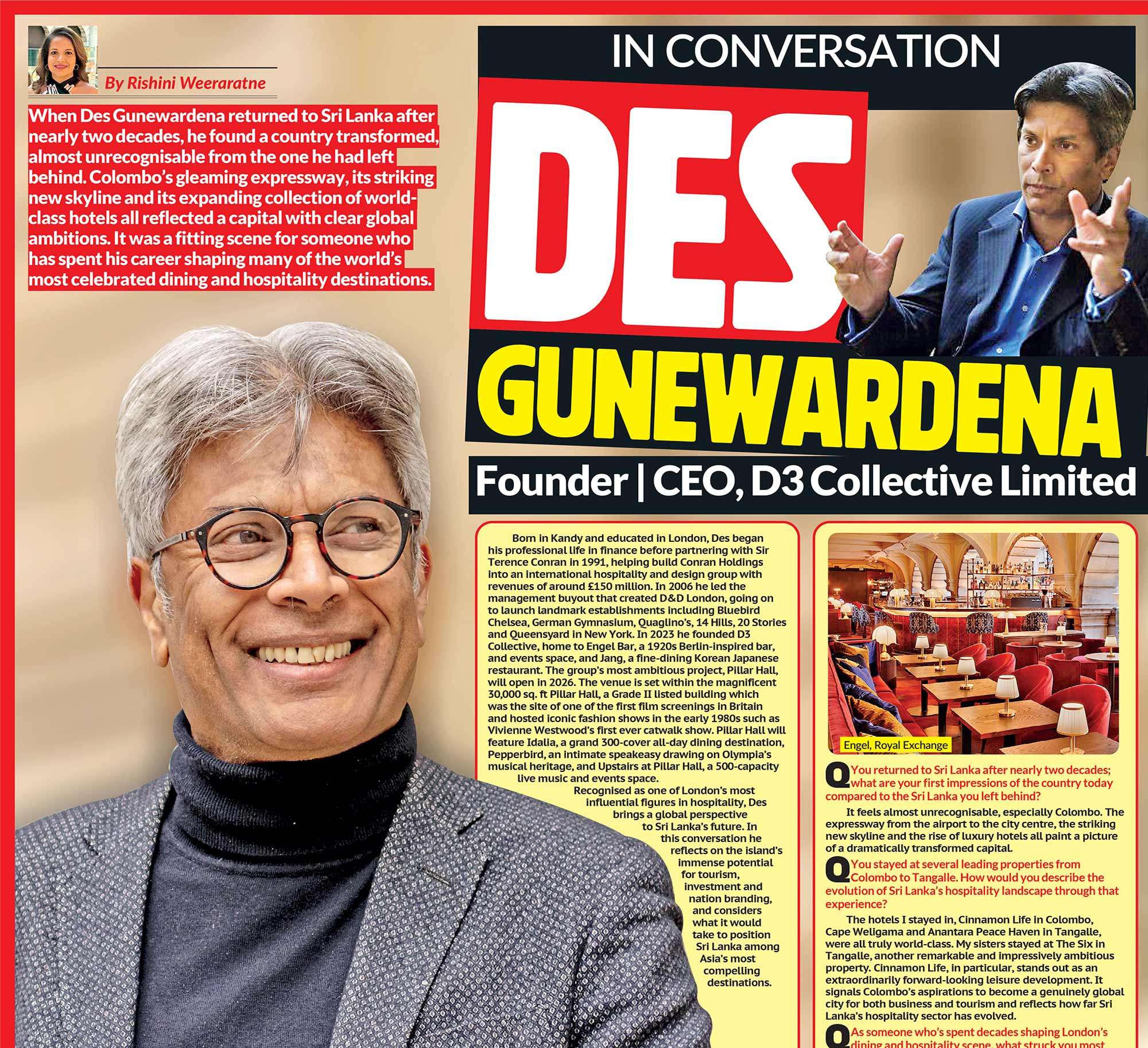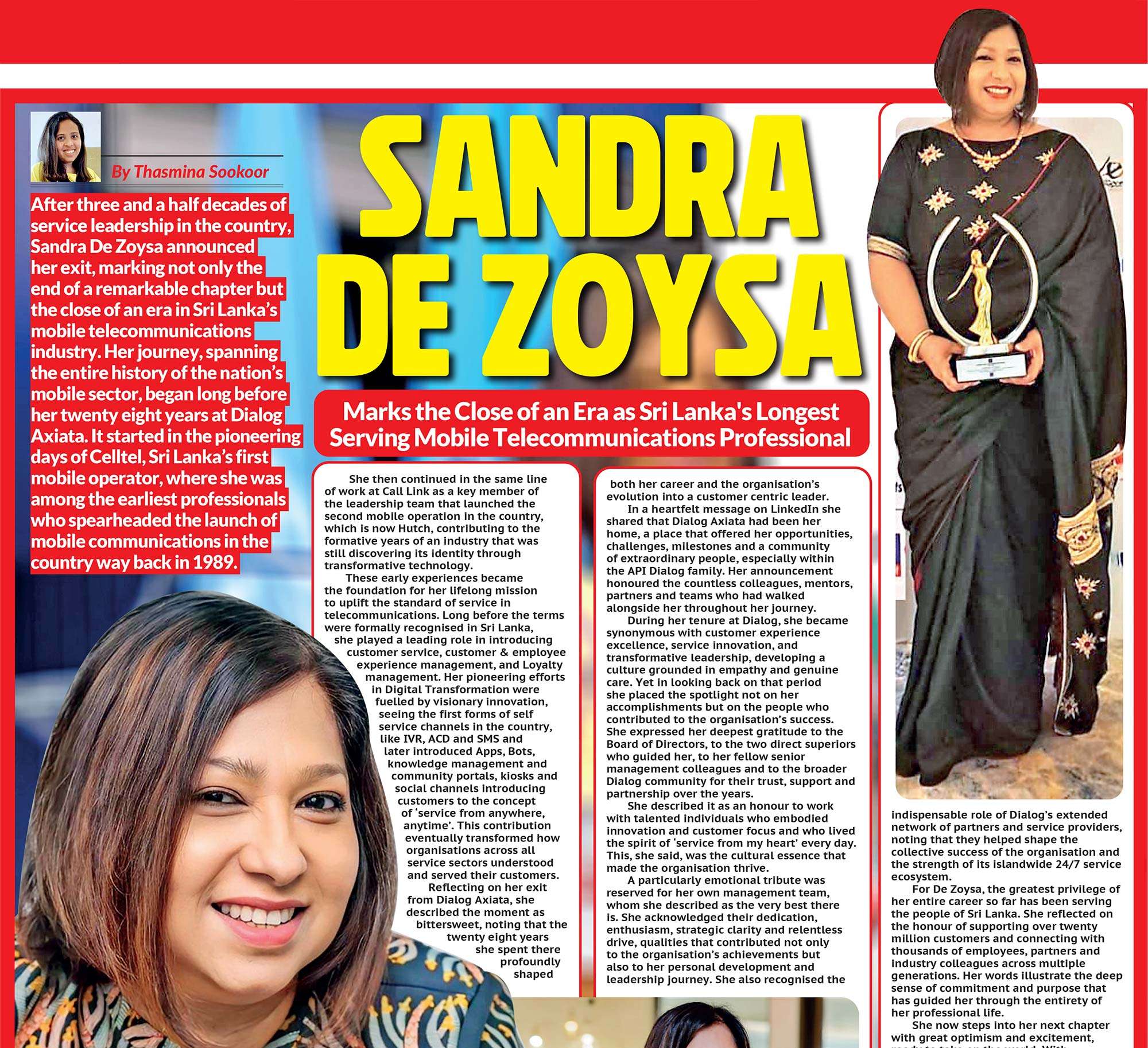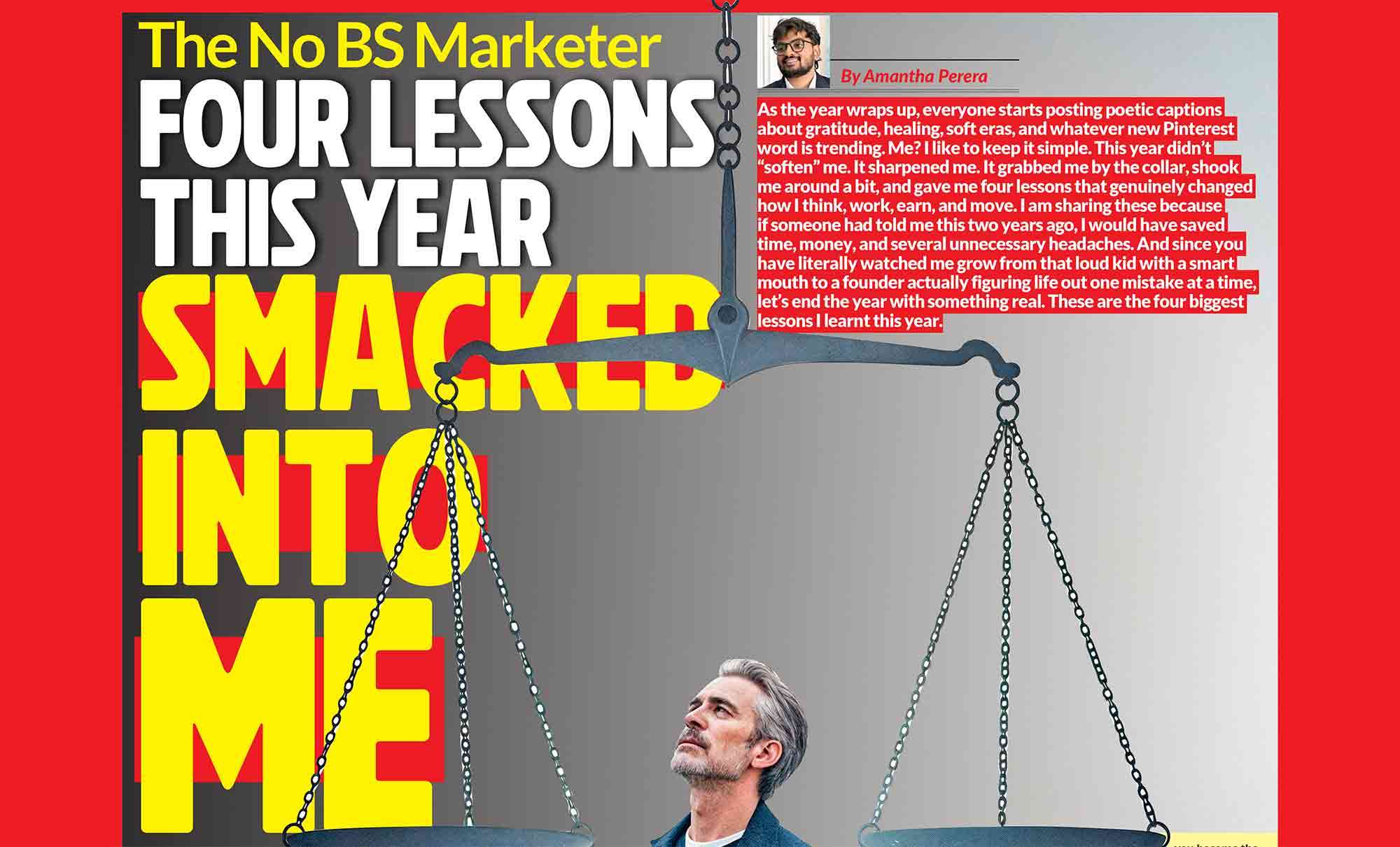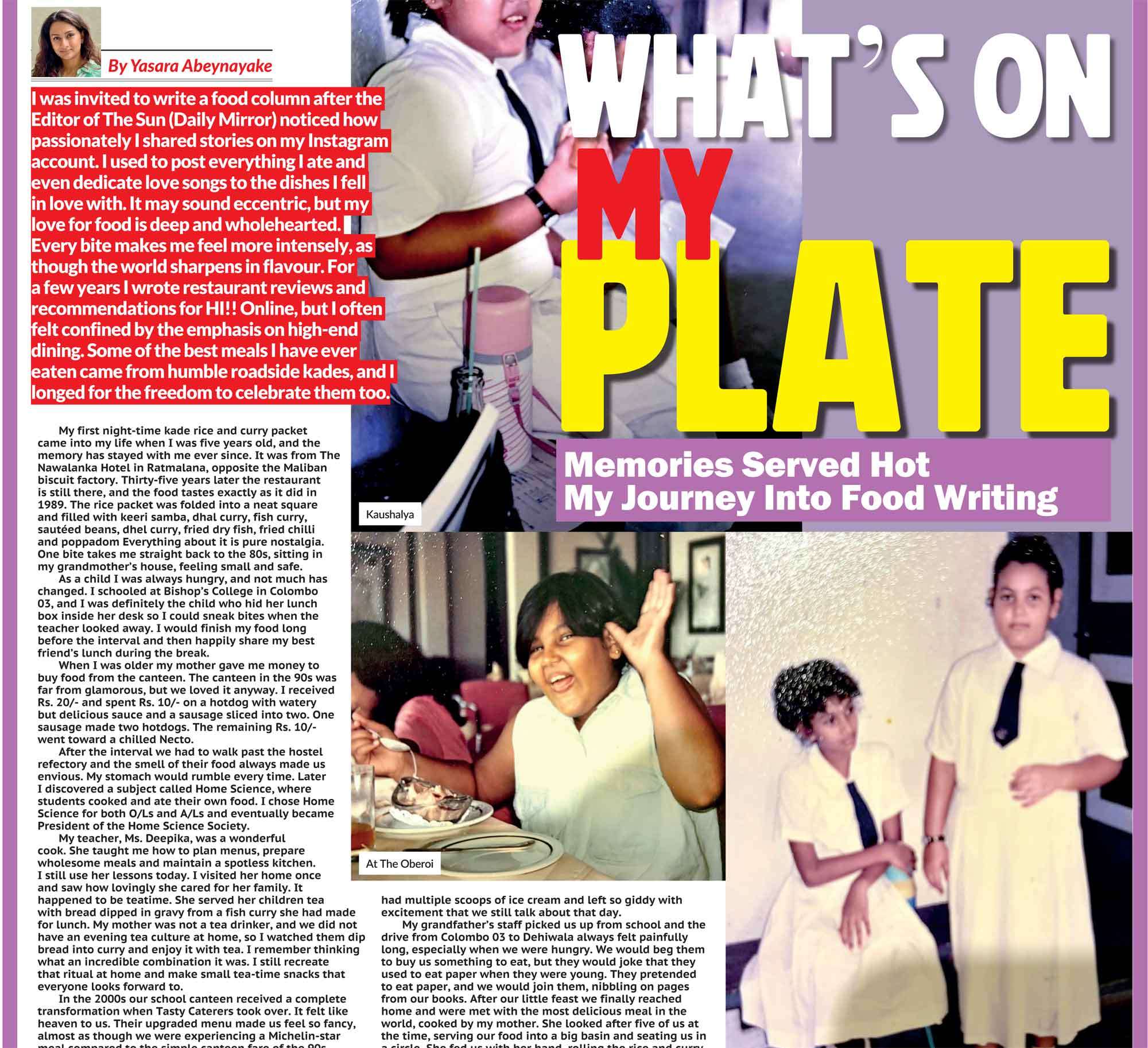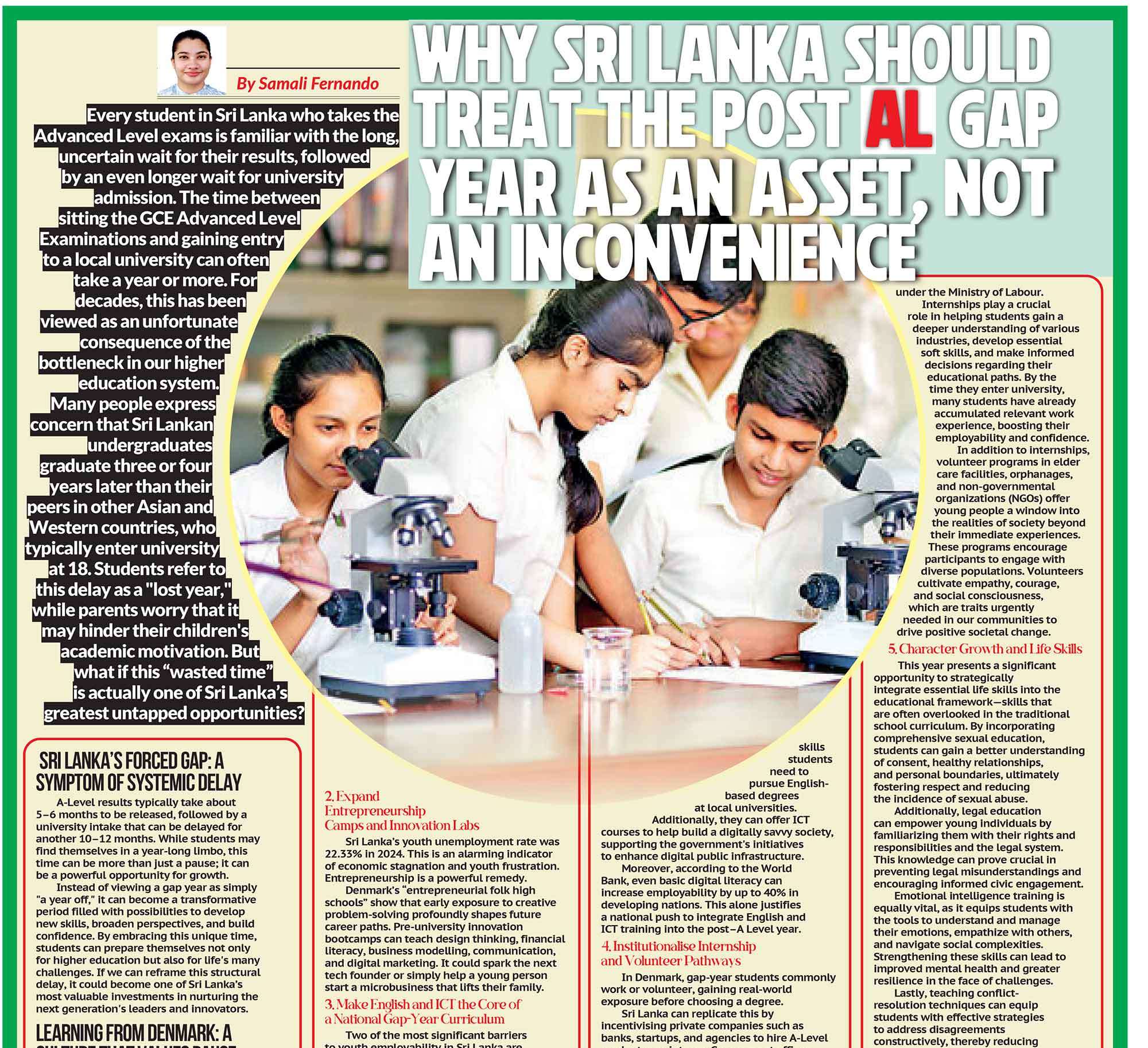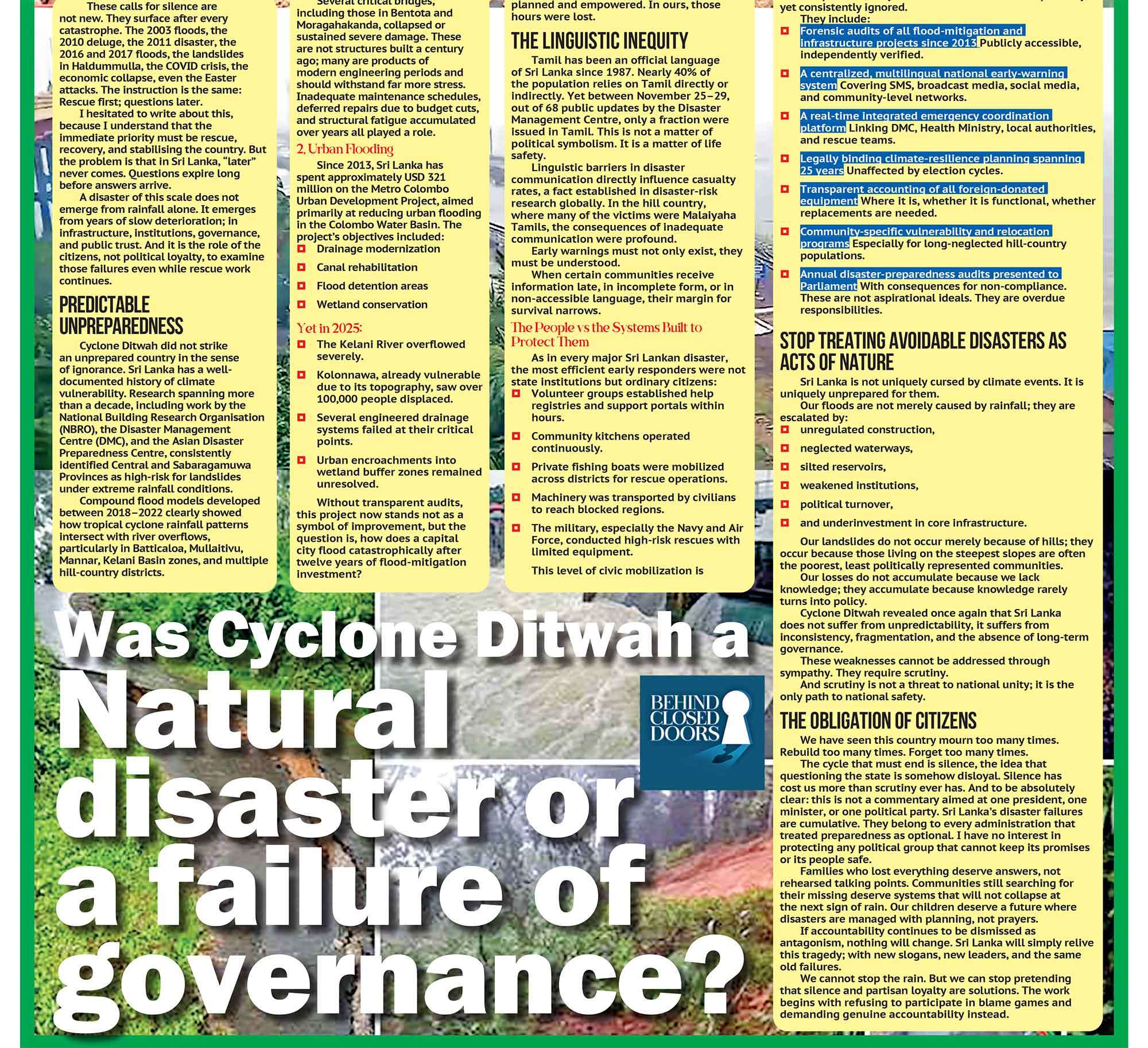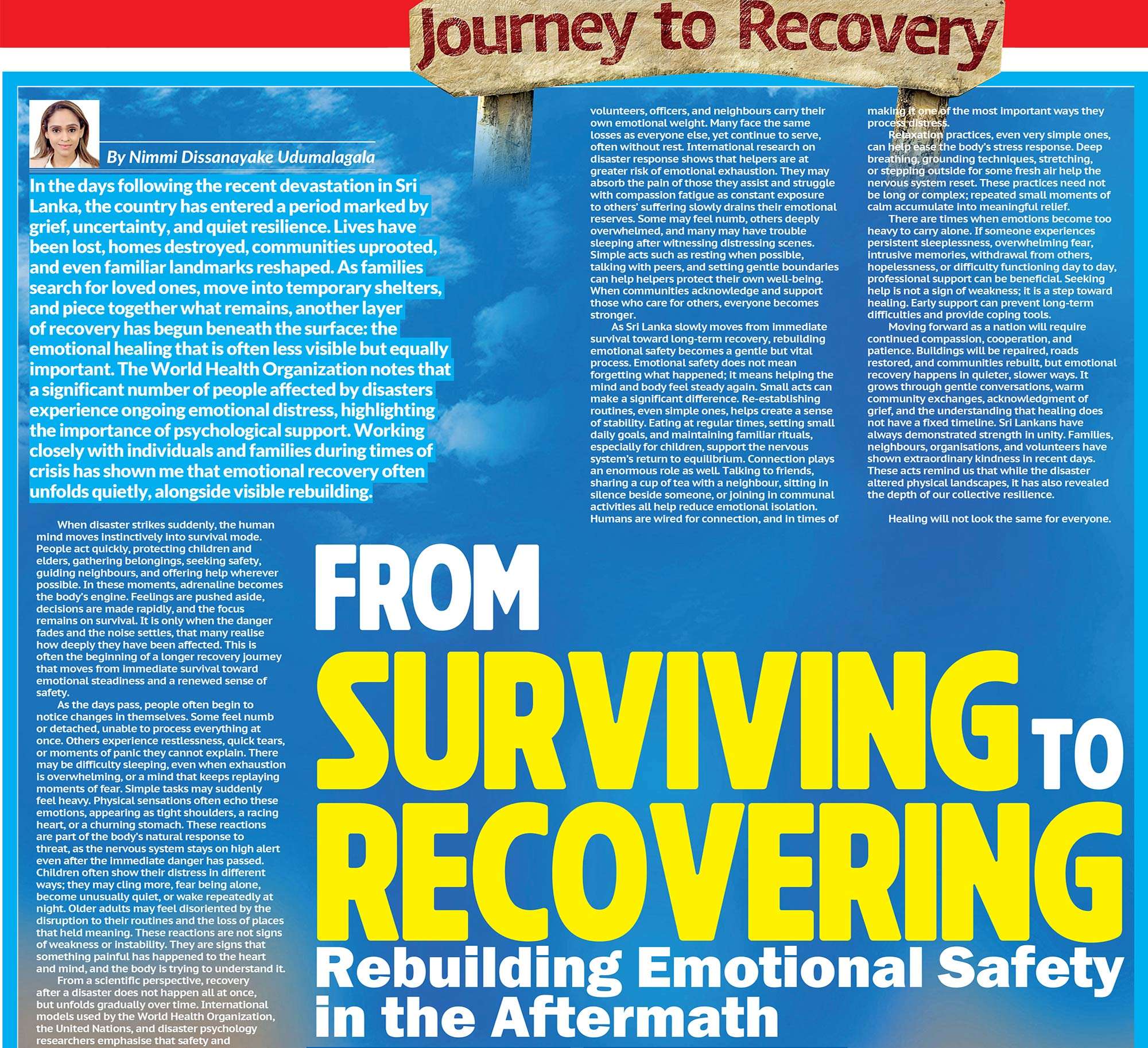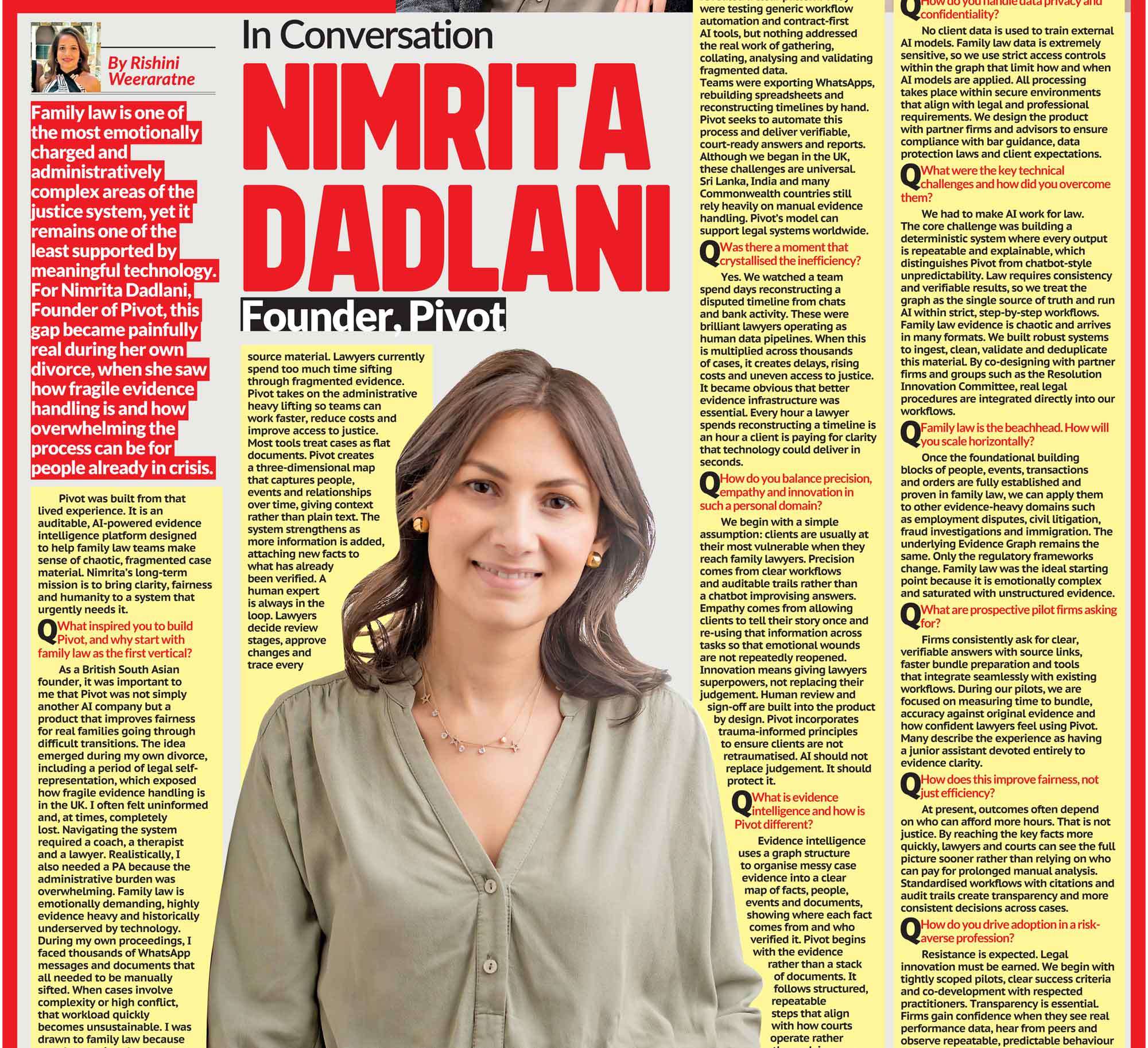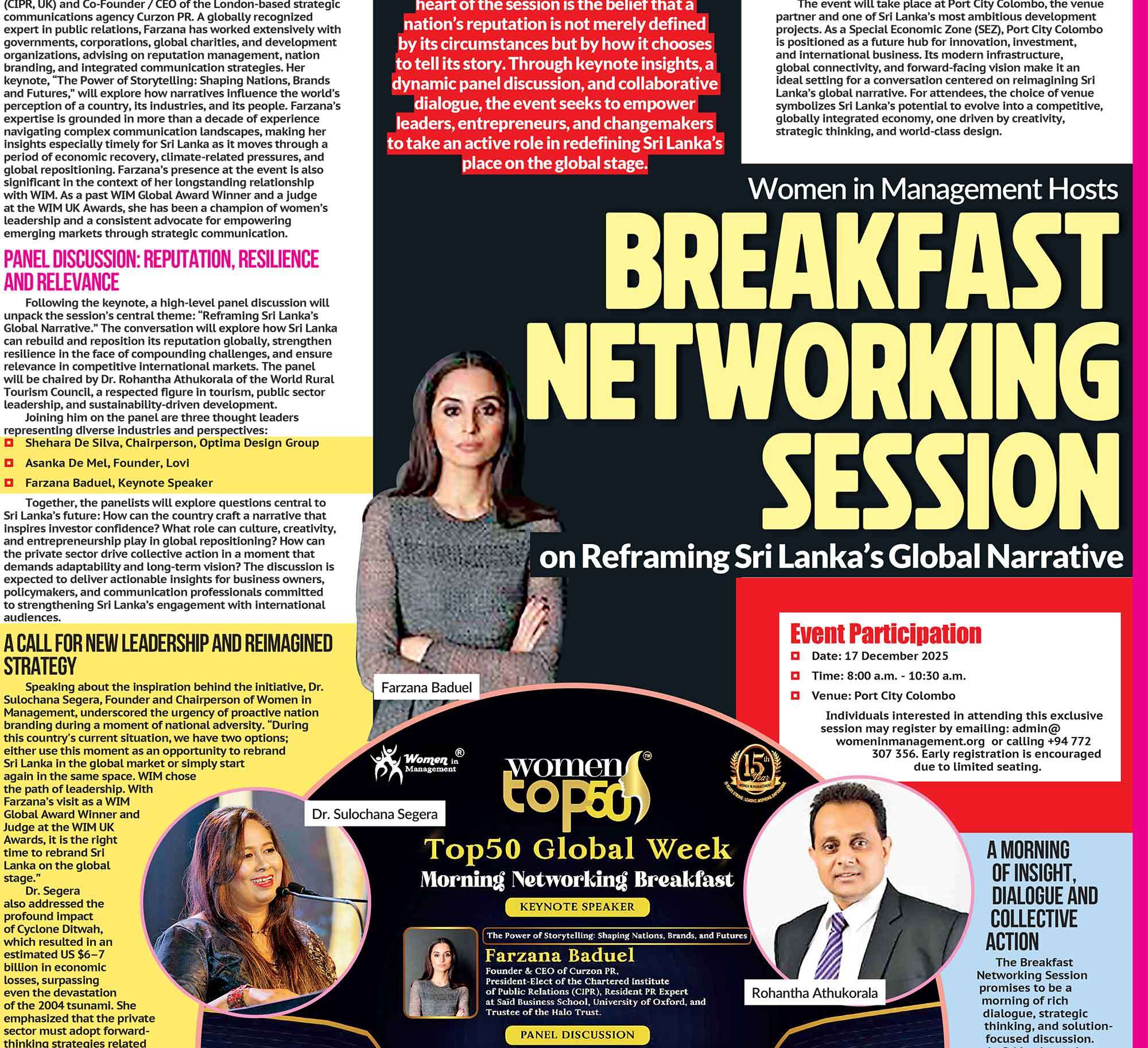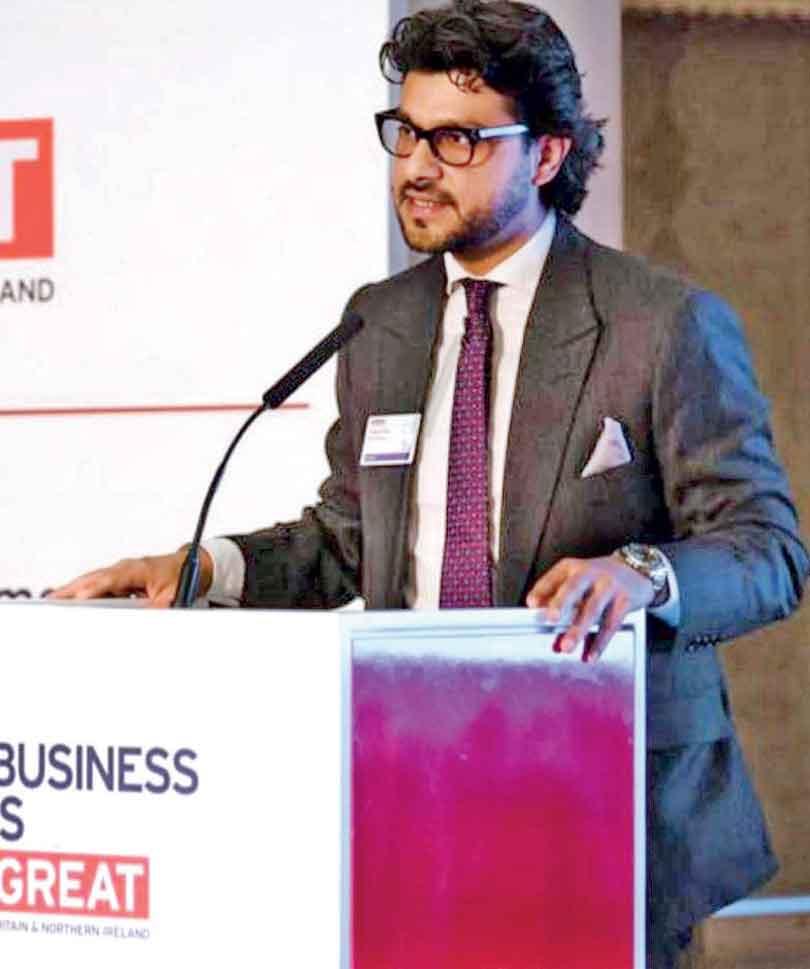
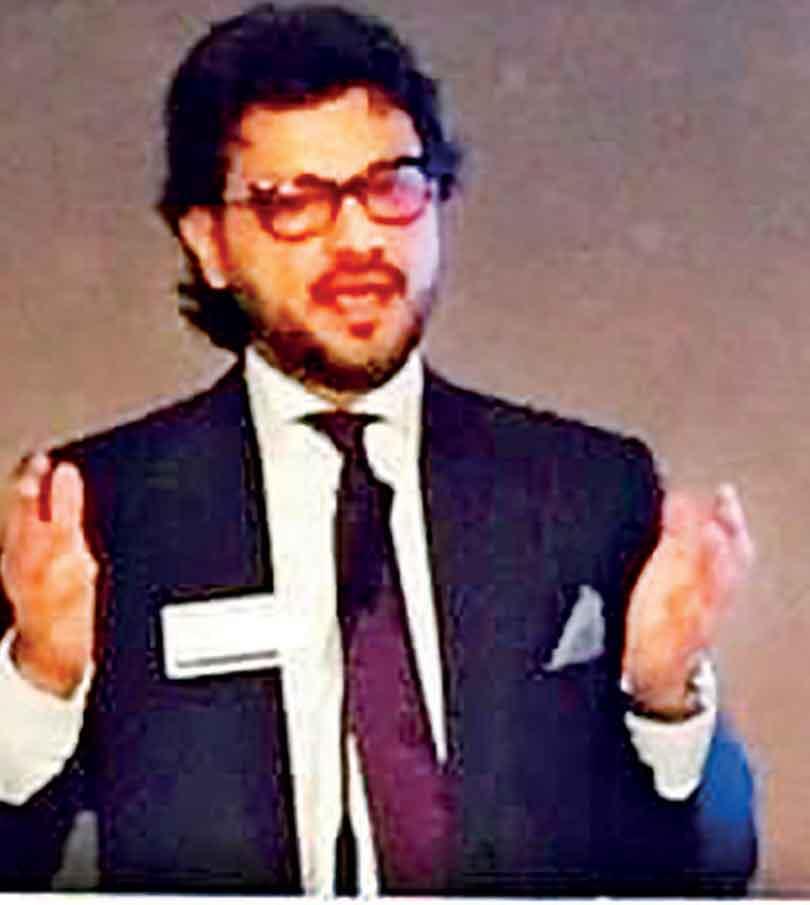
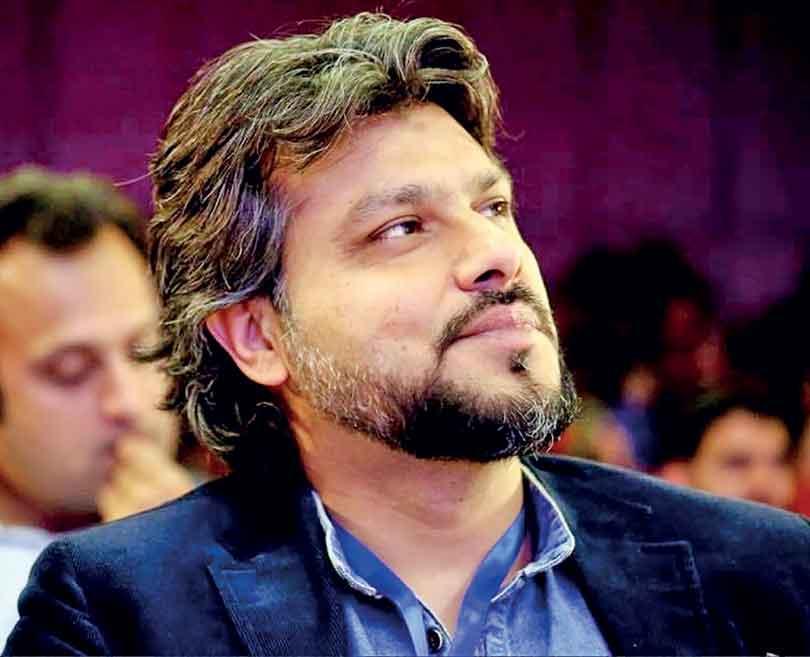
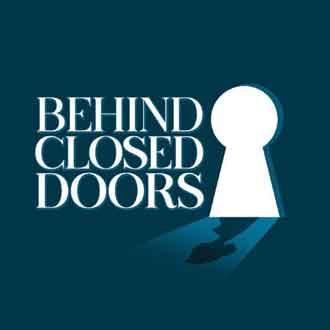 Q: You've been involved in sustainability long before it became a global buzzword. What first drew you to this field, and how has your definition of sustainability evolved over the years?
Q: You've been involved in sustainability long before it became a global buzzword. What first drew you to this field, and how has your definition of sustainability evolved over the years?
I believe my sustainability journey began with a desire to solve real-world problems I witnessed early in my career. Working as a banker in Pakistan, and then decades in impact investment through one of the first indigenous impact funds and ecosystem developer SEED Ventures in Pakistan and then ultimately co-founding SpectrEco, I saw poverty, resource waste, and environmental damage linked together.
Initially, "sustainability" meant balancing social good and profit through social enterprises and community projects. Over the years, my definition has expanded. It's no longer a niche or charity effort; it's about embedding long-term thinking into mainstream business and policy. Today, sustainability covers climate resilience, social equity, and economic viability in tandem. The world has caught on too: 90% of S&P 500 companies now publish ESG/sustainability reports, a huge shift from a decade or two ago.
In my view, sustainability now means innovating so that growth and green goals reinforce each other. I've learned that using data and technology helps make the case: when you can show a CEO that cutting carbon also saves money and attracts investment, you turn sustainability from a buzzword into a core strategy. That evolution in perspective has been key for me.
Q: When you co-founded SpectrEco, what gap in the sustainability ecosystem were you trying to fill?
When we co-founded SpectrEco, we aimed to fill a critical gap: the lack of practical, data-driven support for businesses striving to be sustainable. At the time, many companies had big sustainability goals on paper but little guidance on how to achieve them without hurting their bottom line. Our idea was to leverage tech and analytics to bridge that gap. SpectrEco provides the hard data and tools industries need to transition to net-zero operations while still meeting their growth targets. In essence, we wanted to move sustainability from theory to action. Often small and mid-sized enterprises felt sustainability was too costly or complex, we set out to change that by giving them clear metrics, AI-driven insights, and strategic roadmaps.
Q: What in your view, defines a meaningful climate conversation today for a country like Sri Lanka?
A meaningful climate conversation for Sri Lanka today is one that translates global talk into local action and justice. In a country that contributes less than 0.1% of global emissions yet faces outsized climate disasters, talk must center on tangible solutions and support for the vulnerable. I believe such a conversation means focusing on adaptation and finance accessibility. It's not enough to laud net-zero goals; we need to discuss protecting farmers from drought, helping fishermen displaced by storms, and funding community resilience projects now. Crucially, it should include those most affected; activists, SMEs, fisherfolk, not just policymakers. For Sri Lanka, a meaningful dialogue also implies climate justice: recognizing that while we emit very little, we bear heavy losses from floods and cyclones. At COP forums and domestically, we should insist on topics like the new Loss and Damage Fund and adaptation grants, which directly address our needs. Another part of this dialogue could be Sri Lanka using its voice to advocate for a proactive Loss and Damage framework, one that is not just rewarding reaction and restoration, but also supporting resilience, because the truth is things will not change in a day, and strength must be built through transforming vulnerability into preparedness.
Q: COP29 promised $300 billion annually by 2035 for developing nations. Sri Lanka contributes less than 0.1% of global emissions but faces devastating climate impacts. What are the exact steps, not just aspirational language, that a Sri Lankan SME, municipality, or community organization must take to access this finance? Which institutions, what kind of documentation, and what process are involved?
Accessing the promised climate finance like the $300 billion a year by 2035 pledged at COP29 requires proactive steps by local actors. First, a Sri Lankan SME or community group should identify which climate fund or programme fits their project. For instance, the Green Climate Fund (GCF) and Adaptation Fund are major sources dedicated to developing countries. Sri Lanka already has about five approved GCF projects (over $100 million in financing) targeting energy, water, and farming resilience.
So, a small business should start by working with Sri Lanka's National Designated Authority (in Ministry of Environment) to align their proposal with national climate priorities. Next, identify an accredited institution to help submit the funding request. In Sri Lanka, entities like UNDP or DFCC Bank (recently accredited to the GCF) can act as intermediaries. Engage them early to navigate application procedures. The process might involve an initial concept note, then a full proposal. Also be ready for due diligence on transparency and safeguards. Before applying, the SME or municipality must build internal capacity to meet funder requirements. This includes developing a clear climate rationale (showing how the project reduces emissions or builds adaptation), conducting a baseline assessment, and ensuring environmental and social safeguards are in place. There are technical documents that need to be prepared like feasibility studies, gender action plans, and monitoring frameworks, that GCF or Adaptation Fund proposals require, and this documentation can be developed by partnering with local universities or climate consultants. It's important that transparent monitoring systems are created early on, with verifiable indicators and third-party audits. This would ensure continued access to funds and credibility for future proposals.
Q: Sri Lanka already reports on climate action through its NDC and policy frameworks, yet finance remains elusive. What specific transparency measures can Sri Lanka adopt in the next 12 months that would actually attract investment, the kind of data or systems international climate funds look for before deploying capital?
Transparency is often the missing link that keeps climate finance at bay. Sri Lanka can take a few concrete transparency measures in the next year to build investor confidence. One key step is to develop a robust climate finance tracking system, basically an open database or registry where we report exactly how much money is being allocated to climate projects and what results they yield. International climate funds want to see that a country can account for funds and measure impacts. Sri Lanka also needs to develop a top tier green taxonomy and green banking guidelines like the ones prepared by State Bank of Pakistan. It should also bolster project-level disclosure: for every major adaptation or renewable energy project, publish regular updates on progress and expenditures. Adopting international reporting standards like the Task Force on Climate-related Financial Disclosures (TCFD) for both government and even large private projects would signal seriousness. Similarly, integrating climate goals into national budgets with clear indicators would help. Finally, independent audits or third-party evaluations of climate initiatives and publicly releasing those reports would attract investors. When climate financiers see a country honestly tracking its NDC progress and openly sharing setbacks and successes, they're more inclined to deploy capital.
Q: There's a lot of jargon around green bonds, blended finance, or debt-for-climate swaps. For a small business owner or agricultural cooperative, which mechanism is truly accessible today? And what single policy or instrument should Sri Lanka advocate for at COP30 to unlock the most support for small enterprises?
For a small business or cooperative today, many flashy green finance instruments are hard to access directly. Green bonds, for instance, are usually issued by governments or large corporates: a rural cooperative in Sri Lanka can't float a bond on its own. Debt-to-nature swaps and blended finance are promising (combining grants with private investment), but from a small entrepreneur's viewpoint, it often remains at the bank or fund level. In practical terms, the most accessible mechanism now is probably concessional green loans or grant programs offered through local banks and institutions. Also, microfinance for climate-smart agriculture is available in pockets: providing small farmers with credit for drip irrigation or resilient seed varieties. In this regard, Pakistan's experience can be helpful. For instance, Akhuwat Microfinance and NRSP models can be helpful. Operating across Pakistan, Akhuwat's microfinance program is the world's largest interest-free microfinance program having empowered over 4 million families. Similarly, established in 1991, NRSP is the largest Rural Support Programme in Pakistan in terms of outreach, staff and development activities. NRSP's mandate is to alleviate poverty by harnessing people's potential and undertake development activities in Pakistan. It has a presence in 72 Districts in all the four Provinces and Islamabad Capital Territory including Azad Jammu and Kashmir through Regional Offices and Field Offices. If I had to pick a mechanism a small enterprise can tap today, it's these targeted loan or grant schemes channelled through local entities. Many businesses have also found success with leasing or ESCO models for energy efficiency, basically a company can upgrade to efficient machinery with no upfront cost and pay back through savings. As for what Sri Lanka should advocate at COP30: I would push for a dedicated international facility or guarantee program for SMEs. Perhaps a global adaptation "micro-grant" mechanism or a credit guarantee trust that de-risks green lending to small businesses. In one line, we need to make climate finance trickle down.
Q: What are the top 3–5 resources, platforms, or organizations you'd recommend to Sri Lankan SMEs or community leaders seeking climate finance or adaptation support today?
Top picks for Sri Lankan SMEs and community leaders:
- UNDP-GEF Small Grants Programme: direct grants of about $25k–50k for grassroots projects like solar and mangrove restoration; Sri Lanka's SGP has funded roughly 490 projects.
- SME Climate Hub: free tools, training, and finance pathways; 9,000+ SMEs globally have pledged to halve emissions by 2030 and can access practical guides and funding leads.
- National climate finance channels: work with the Climate Change Secretariat (NDA) and DFCC Bank, now a Green Climate Fund accredited entity with up to $250 million for projects such as factory renewables or community water systems.
- CANSA: for funding alerts and proposal support, the NDC Partnership portal to search country-specific assistance, and local technical help from Practical Action Sri Lanka or the Institute of Climate Change Studies. These routes turn solid local ideas into funded, implementable projects.
Climate finance exists, but accessing it requires knowledge, preparation, and the right partnerships. For Sri Lankan actors, the path forward isn't about waiting for global goodwill, it's about taking concrete steps today, building capacity, and demanding systems that work for the most vulnerable.
Next week in Part 2, we'll examine what according Faraz Khan, COP30 must deliver for small economies like Sri Lanka, and how vulnerable nations can exert diplomatic leverage in global climate negotiations.


